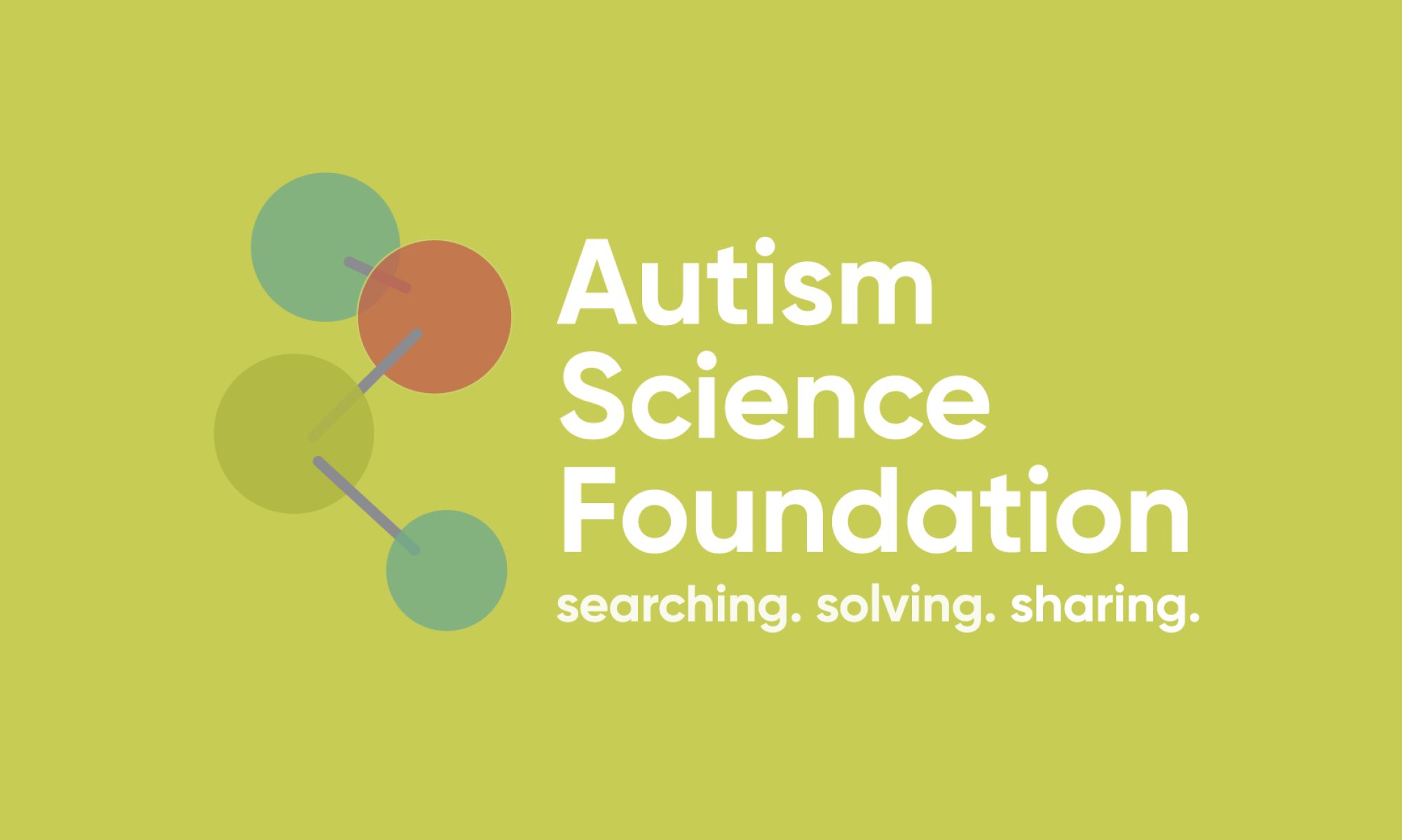Left Brain/Right Brain covered the National Autism Association’s press release regarding Autism Science Foundation board member Dr. Paul Offit. LB/RB first covered the press release itself, then Dr. Offit’s response to the NAA via Kim at Countering Age of Autism. Another Left Brain/Right Brain post detailed the “money side” of the rotavirus vaccine developed in part by Dr. Offit. Confutata also broke down the NAA’s statements.
In other vaccine news, health and science journalist Kate Kelland reported that sickle-cell deaths in Africa could be cut in half if common vaccines are made available. Although the disease gets little attention, sickle-cell anemia probably kills more children in Africa than HIV. Children with sickle-cell are particularly vulnerable to bacterial infections, and the pneumococcal and Hib vaccines, which are not easy to come by in Africa, could save thousands of lives.
In a finding published in the journal Cell, researchers have discovered that the developing brain must form filopodia projections in order to establish the neural wiring necessary for normal functioning. The process works “as a means to control the migration and branching of neurons,” with glitches possibly resulting in autism or other neurodevelopmental disorders. Research continues “to determine whether mutations in the srGAP2 gene are involved in autism.”
University of California San Francisco researchers are using protease inhibitors to reverse the severe brain defect that causes the genetic disorder lissencephaly, known as “smooth brain” disease. “The hope is that this approach also could be used to treat other defects in utero, or even those manifesting after birth, when caused by a partial deficiency in one gene, according to Anthony Wynshaw-Boris, MD, PhD, who is chief of the UCSF Division of Genetics in the Department of Pediatrics, and a member of the UCSF Institute for Human Genetics.”
Researchers at the University of Texas at Dallas School of Behavioral and Brain Sciences are using eye tracking technology to collect data on the viewing preferences of infants and toddlers. Images of social situations, household objects, and objects known to be favorites of autistic children are used, with researchers noting which images the children choose to view and for how long. It is believed that autistic children spend more time looking at objects of high interest than their typical counterparts, and researchers hope to find new ways to detect autism in infancy. The study includes children up to the age of 30 months.
